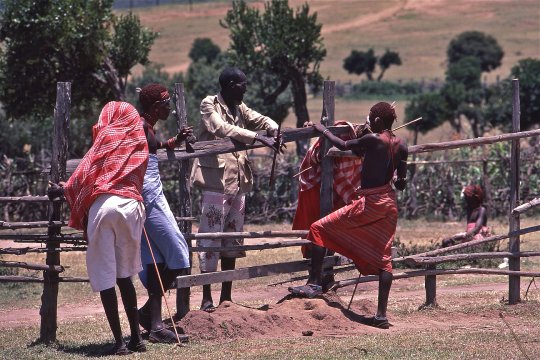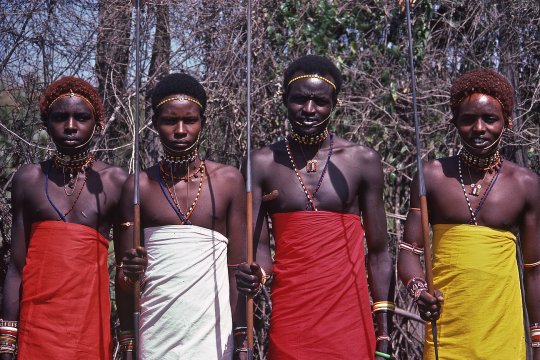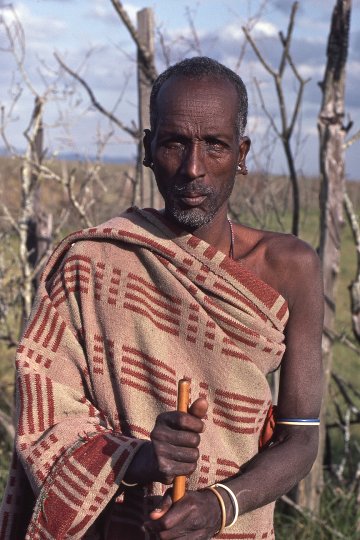|
John Tyman's Cultures in Context Series AFRICAN HABITATS : FOREST, GRASSLAND AND SLUM Studies of the Maasai, the Luhya, and Nairobi's Urban Fringe |
|
|
|
|
|
John Tyman's Cultures in Context Series AFRICAN HABITATS : FOREST, GRASSLAND AND SLUM Studies of the Maasai, the Luhya, and Nairobi's Urban Fringe |
|
|
|
|
 |
| 398. These men had brought in a couple of bulls for sale at the market in Maralal, but afterwards they talked for hours. |
 |
| 399. They cannot marry but they spend lots of time with their girlfriends and they dress to impress them. |
 |
| 404. Elders do not bother with jewellery and attain seniority through age, so the older they get the more respect they command, unless they are too deaf or too senile to reason well in discussions. |

![]()
Text, photos and recordings
by John Tyman
Intended for Educational Use
Only.
Contact Dr. John Tyman at johntyman2@gmail.com
for more information regarding
licensing.
![]()
www.hillmanweb.com
Photo processing, Web page layout,
formatting and hosting by
William
Hillman ~ Brandon, Manitoba ~ Canada